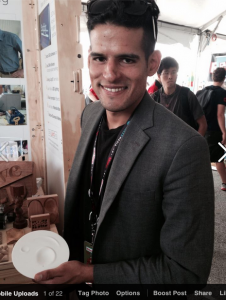
Gustavo Bonet, architect and designer. He helped out at the ShopBot booth at this year’s Maker Faire NYC
Gustavo Bonet is a traditionally trained architect who started making furniture in Florida before moving to NYC to get his Masters in Architecture from Columbia University. Gustavo says, “During my time at Columbia, I developed an interest and skill set in digital fabrication and parametric workflows. That drive came as a result of needing and wanting to understand how 3D digital designs are made.”
“It started with an elective course in casting plaster, where I began to dive into digital fabrication. The desire to design for digital fabrication has since then driven the direction of my professional career as an architect here in New York.”
I spoke with Gustavo recently to learn more about his work. (You can see a lot of it at his Instagram site.)
Gustavo says, “The best way to describe the work I do with my studio is, we are the ‘fixers.’ We serve our clients (architects, interior designers, artist, private clients) with tangible design solutions for executing/ materializing their designs.”
“Usually clients contact us because they can’t find anyone to execute a design due to cost, lead time, or complexity of the work. For every project we work on, we provide solutions that include digital fabrication. This has led us to always be working on a range of items from products, custom installations, and modern furniture. The studio is fully equipped with a ShopBot PRT, all the tools of a modern shop, and a team that can parametrically or traditionally design really anything presented to us.”
The studio is run with the help of his project manager, Diego Rodriguez, who was a student of Gustavo’s at Columbia. One of their recent projects is the design and fabrication of custom dishes. The studio was contracted by a hospitality designer to collaborate with the chef of a famous NYC restaurant (sorry, it’s apparently a secret), who wanted a custom butter dish and dessert dish…
“I created designs working in Maya, then imported the work into Rhino. We sourced dark and cream-colored Corian and began to prototype. After the prototype stage, we’re now working with 3/4″ Corian and are CNCing them in batches of 20 dishes. It takes about 20 minutes to first cut the top of the dish, then we flip the material and cut the bottoms.”
Another recent project involved fixing a white oak credenza that was suffering from poor shelving design, leading the piece to begin sagging. “We re-did the design of the interior shelving and shelf slots in order to make the piece sound. Digital design and CNC saved the day!”
Below are Gustavo’s interior furnishing designs that were commissioned by Public Supply of Brooklyn, NY. Public Supply is a for-profit company that produces responsibly sourced and well crafted writing, art, and office essentials. From their site, “We channel 25% of profits from every sale to a teacher in a high-need classroom, who will use the money for a project that drives creativity. All design work on our products is done in Brooklyn, New York, and all products are sustainably sourced in the United States.”
Finally, here is some of Gustavo’s parametrically designed work, creating a water ripple effect for CNCing 6 X 6″ MDF panels, for a civic project in Queens.
In addition to his studio work, Gustavo teaches “Intro to Digital Fabrication and Parametrics” at CUNY in Brooklyn, where he works with 3rd and 4th year architecture undergrad students. I asked him to give me the “Parametrics for Dummies” quick explanation of the concept of parametric design. He says the way he begins to explain it is with a metaphor of Pixar’s animated filmmaking. “Basically, think of it as working in 3D geometry. To create a face for instance, you begin with writing the code to create the spheres that together form the pieces of a face. You start with code and ‘work outward’ to the finished idea.” Works for me as a starting point!
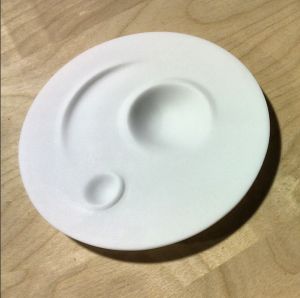
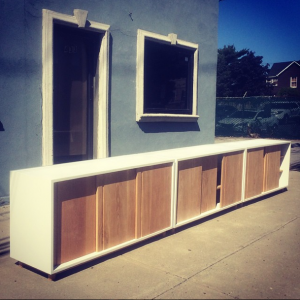
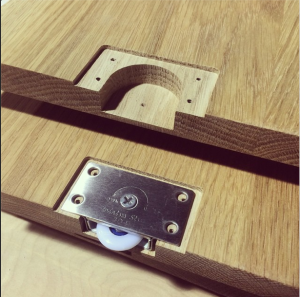
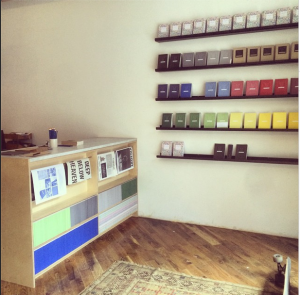
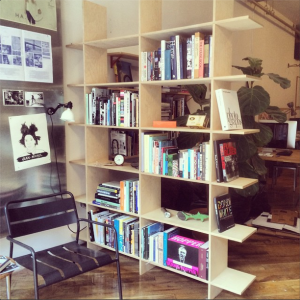
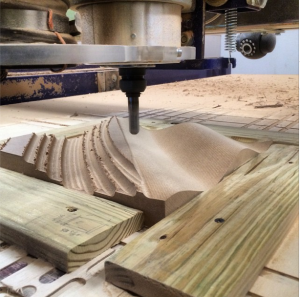
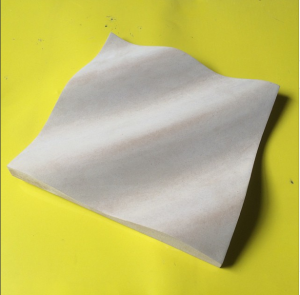
Leave a Reply